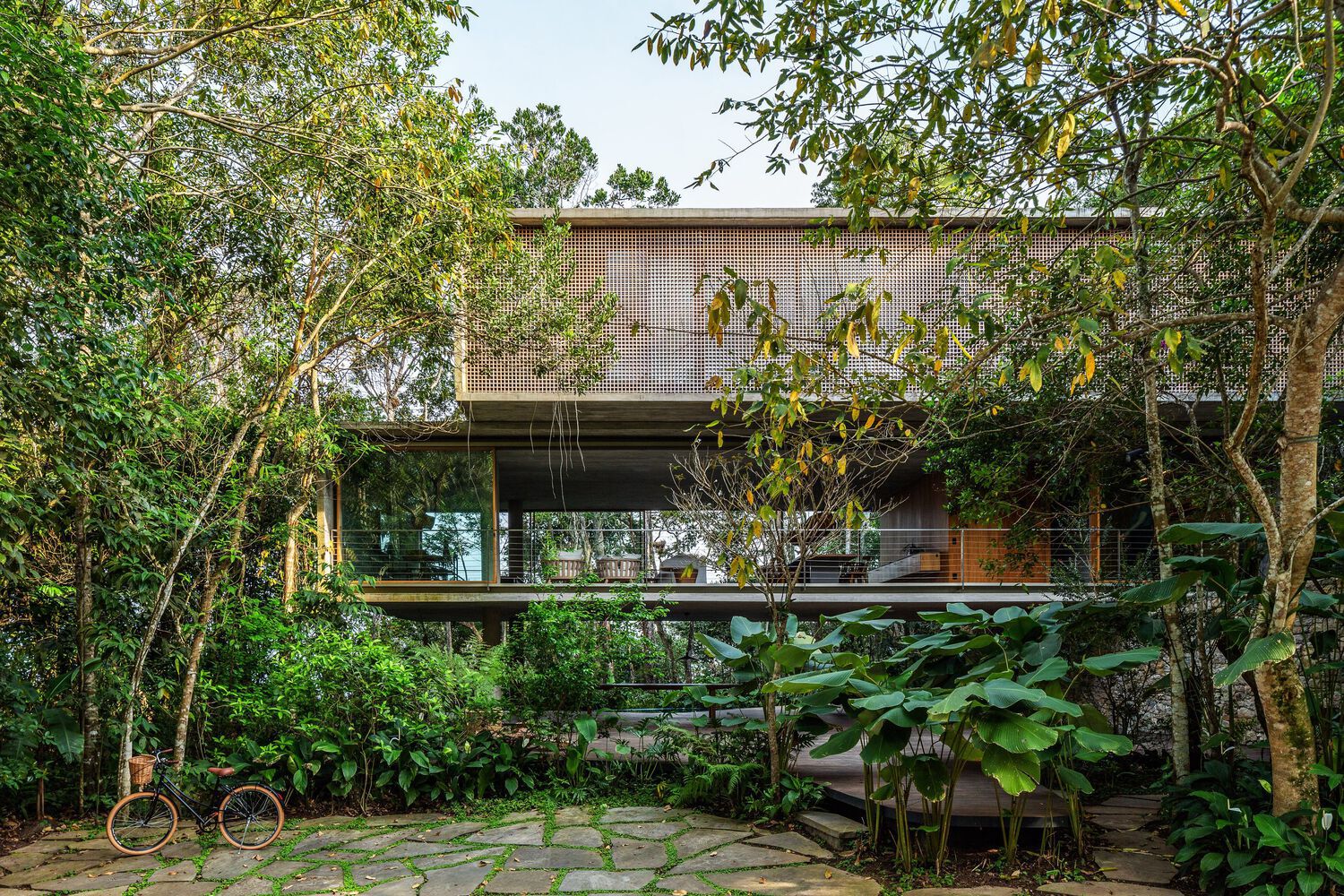Concrete Jungle: Houses That Explore the Contrast Between Concrete and Vegetation
There is something very attractive about the combination of lush vegetation and exposed concrete roughness. This is what the book Concrete Jungle: Tropical Architecture and Its Surprising Origins, published by Gestalten, proposes to investigate. The publication offers a reading on modern “tropical architecture”, presenting houses located between the Tropics of Cancer and Capricorn and their relationships with their cultural, constructive, and environmental origins. It features several projects and architects, from the 1950s to the present day, tracing a multifaceted panorama that includes residential buildings located in regions as distinct as Brazil, Mexico, India, and Kenya.
Concrete Jungle “is an attempt to understand concrete houses as more than just beautiful buildings but as the result of a much broader phenomenon.” Inserted in their specific and plural political, economic, and cultural contexts, many of these architectures can also be understood as examples of reinterpretations and elaborations of some modern canons and parameters, seeking to adapt to their means and possibilities and create and establish their narratives, questioning a certain discourse of architectural universality that has been present in the field for decades.
 Picture: André Scarpa
Picture: André Scarpa
Comments :